Most plants need sunlight in order to grow. This is a well-known fact. A certain amount of sunlight is necessary for the process of photosynthesis to take place. Photosynthesis helps the plant to create chlorophyll, the green pigment in the plant that gives it nourishment.
However, certain plants can also be cultivated quite successfully all year round, even in shaded areas. Growing herbs indoors without sunlight is possible, too. While some herbs need at least a few hours of direct sunlight every day, there are a few that can be grown indoors. There are all sorts of unique ways to grow food anywhere.
Growing Herbs Indoors Without Direct Sunlight
Most herbs can be grown successfully in pots and kept indoors. The best spot for your potted herbs is usually in a south-facing room that gets lots of direct sunlight, but it is still possible to have lovely home-grown herbs, even if you don’t have a room that gets direct sunlight.
A grow light is a special kind of electric light that is designed specifically for use to supplement natural light when cultivating plants indoors. In certain conditions, it can even be used as a substitute for natural light when there is no natural light available.
Is A Grow Light Different From A Regular Light?
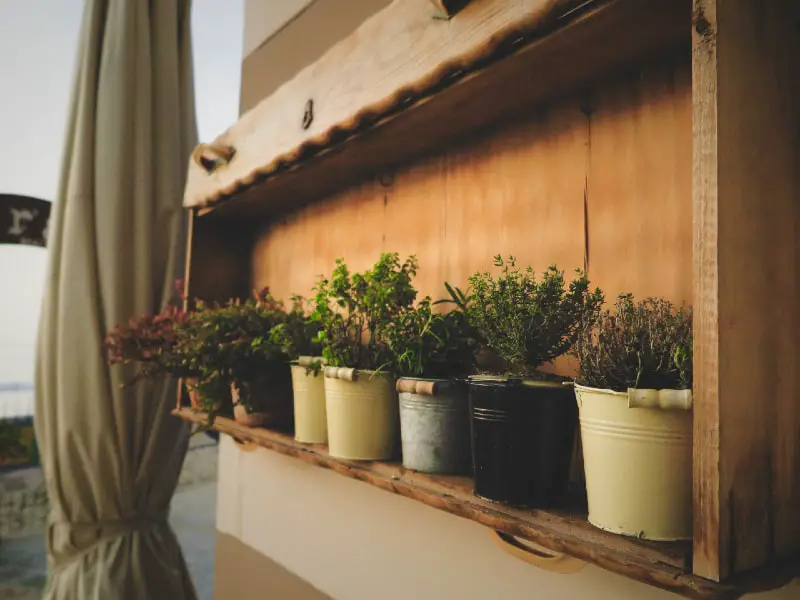
A regular light and a grow light are not the same thing. Regular light is far less powerful, and as a result, much dimmer, than a grow light. Most plants will be able to experience some growth from the light emitted by ordinary light, but it is usually insufficient for them to thrive.
Because a grow light is more powerful than a regular light, the level of light that it produces is far more intense. This helps to stimulate the process of photosynthesis in plants that are grown indoors.
The spectrum of light can be broken down into different colors, and these colors affect the growth of plants. Ordinary lights tend to emit one main color. Plants will grow more prolifically under blue light, while flowers will be more likely to bloom under red light.
A grow light is designed to combine the full spectrum of colors, encouraging both plant growth and flowers. There are numerous different types available on the market, in different power strengths.
When growing herbs indoors without sunlight, if you do not have any natural light, you will need a fairly powerful grow light. Most nurseries and garden centers will have a range for you to choose from and should be able to advise you.
Can You Grow Herbs Indoors Without Sunlight Or A Grow Light?
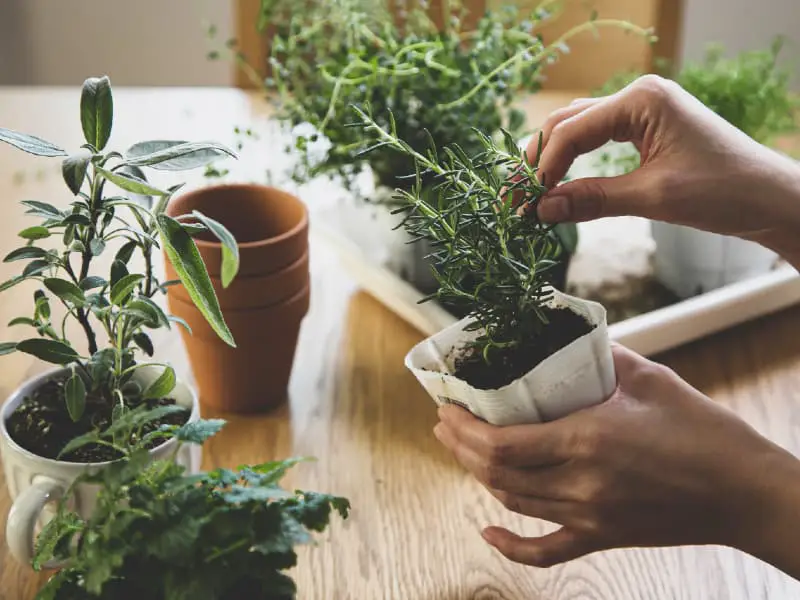
It is highly unlikely that you will be able to grow herbs indoors in a room that gets no natural light at all if you do not use a grow light. Most plants cannot survive in complete darkness. They need some light in order to produce chlorophyll, which is essential for plant growth.
Growing your own herbs is wonderfully satisfying. Freshly picked herbs add a special, irreplaceable flavor to your cuisine. There is nothing to beat the taste of fresh mint or a sprig of fresh rosemary. Herbs are very easy to grow in outdoor spaces. A herb garden is a great way to cultivate your own herbs.
Sadly, not everyone has the benefit of a garden, or outdoor space to cultivate plants. But this should not stop you from growing herbs indoors. It is possible to grow your own herbs indoors very successfully.
Even if you do not have a room in your house that gets at least a few hours of direct sunlight every day, you can still enjoy the satisfaction of growing your own herbs. While most herbs do need at least some direct sunlight, there are a few that will still grow, even if they are in a room that does not get any direct sunlight.
As long as there is some natural light in the room, and it is not constantly in complete darkness, the following herbs will still be able to flourish, and produce a good yield:
-
Chives
Chives are part of the same family as onions and garlic, but they have a much more subtle, delicate flavor. They are not as strong as onion or garlic.
Chives are very easy to grow. They do not need much space and can be grown in a small pot on the windowsill of any room that gets natural light, even if not in direct sunlight.
Obviously, the brighter the natural light, the better it will be for chives to grow. You should be able to harvest your chives between 4-6 times a year, depending on how much light they receive.
When harvesting your chives, cut them from the base of the stalk. This will encourage new growth. But the tips actually contain the most flavor, so use those first.
The flavor of chives is so mild that heat tends to kill it, so it’s always best to add them to your dish right at the end of the cooking process.
-
Parsley
Parsley is one of the most popular herbs, and it is possible to grow parsley indoors, even without any direct sunlight. It has many uses, both culinary and medicinal.
Even in a room that does not get direct sunlight, as long as there is some natural light and the temperature is not too cold, your parsley plant should still do well. It is capable of growing well in shady areas outdoors, and will also cope indoors without direct sunlight.
Parsley is a highly versatile herb. There are a few different types, some of them known as curly-leafed and some flat-leafed. The curly-leafed varieties are used by many famous French chefs.
In the kitchen, parsley is most often used to garnish food. The bright green leaves add a pretty touch to many dishes. A sprig of freshly picked parsley will brighten up your platter of savory sandwiches, or your fried fish.
Parsley has a distinctive fragrance and taste. It is often used to enhance the flavor of dishes like chowders and soups. It should be chopped very finely before being added to your pot.
There are many herbal remedies that incorporate parsley. It contains high levels of Vitamin K and is helpful in treating conditions like high blood pressure and other diseases.
-
Tarragon
If you want to grow herbs indoors, and you don’t have a room that gets lots of direct sunlight, tarragon would be a good choice for you.
Tarragon is a perennial plant, and it will continue to flourish year after year. The leaves are the most flavorful and aromatic parts of the plant. When the stems are cut, the leaves should be stripped.
Tarragon leaves can be used fresh, or they can be dried. Dried tarragon will keep for many months, as long as it is stored correctly. Once they are completely dry, place the tarragon leaves in an airtight container, and store them in a cool, dark cupboard.
Tarragon is a very fragrant herb that is used extensively by French chefs. It is popular for its licorice flavor, lending a unique touch to French cuisine.
Tarragon can be added to salad dressings and is superb when used in cooking slightly more exotic foods, such as veal and salmon dishes.
Tarragon is thought to have numerous health benefits. It can improve disturbed sleep patterns and is often used by people suffering from sleep disorders.
Many people report that taking a daily dose of tarragon helps to maintain stable blood sugar levels, as well as acting as an anti-inflammatory to alleviate pain.
-
Dill
Dill, also sometimes called dill weed, is a herb that is very easy to grow indoors because dill is easy to prune. While it might grow more quickly with a few hours of direct sunlight every day, it will still do well in shady areas, or in rooms that don’t get direct sunlight.
The dill herb is used both for its leaves and for its seeds. It adds an unusual flavor to soups and stews and is a wonderful seasoning to add to your pickling jars. Dill pickles are also really enjoyable and only take a few days to brine.
Dill is sometimes used in the cosmetics industry, because of its unusual fragrance. It is light and fresh, and many-body products are found to be scented with a hint of dill.
-
Coriander
The herb known as Coriander is an edible annual plant. It can be grown quite successfully indoors and will do well as long as it has enough natural light, even if it is not in direct sunlight.
Coriander is not only used as a fresh plant. The leaves are also dried, and ground into a fine powder that is used as a spice. It is a wonderful seasoning for soups and chowders and adds a distinctive flavor to a pot of curry.
Coriander is thought to have numerous health benefits. It can help to lower blood pressure, and also assists in maintaining a healthy heart.
Coriander juice, extracted from the stems and leaves of the coriander plant, is supposed to be good for the skin and is helpful in alleviating some of the symptoms of skin allergies.
Conclusion
Even though all plants need a certain amount of natural light in order to survive, growing herbs indoors without sunlight is certainly possible, provided all other conditions are right. There are ways to compensate for the lack of direct sunlight.
The best way to supplement natural light is by using a grow light, which will mimic natural light and help your plants to thrive in indoor conditions.

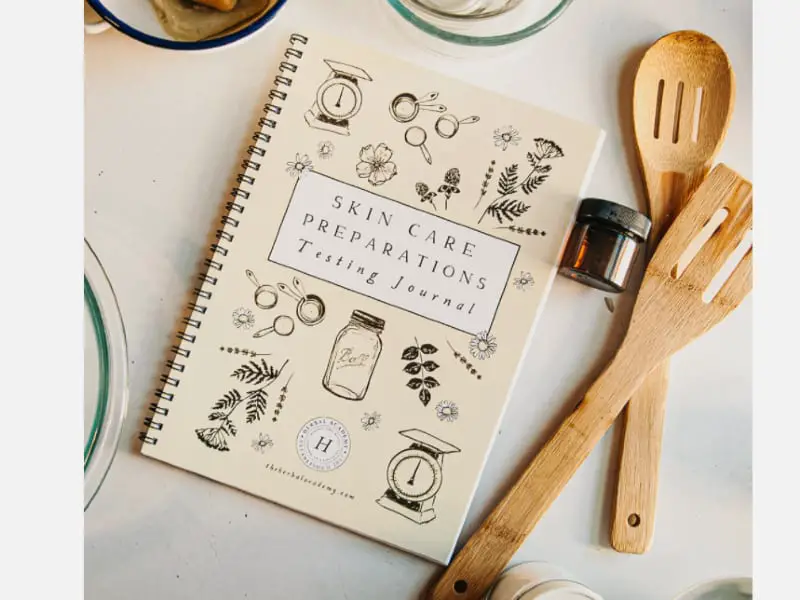
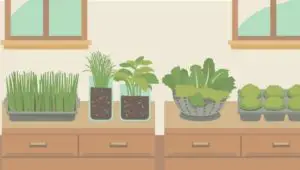
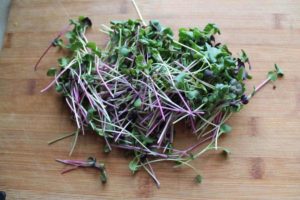
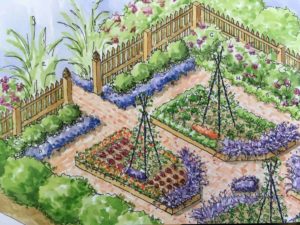
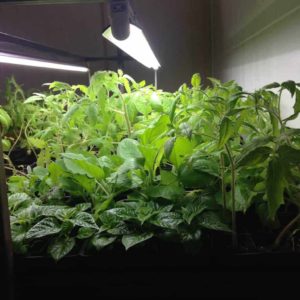
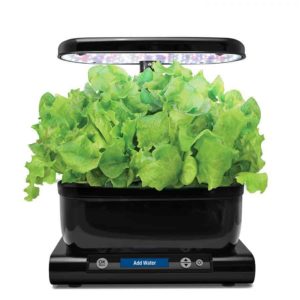
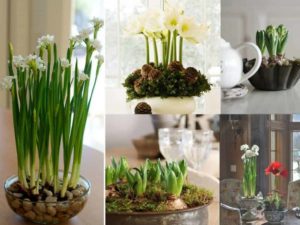
Excellent!! Will try it for sure.
Great info!! Thanks for sharing this article.
I love to read your articles because your writing style is too good, it is very very helpful for all of us and I never get bored while reading your article because, they are becomes a more and more interesting from the starting lines until the end.
It’s nice when you see such a great work! Continue writing
Such a wonderful post. Thank you so much!!